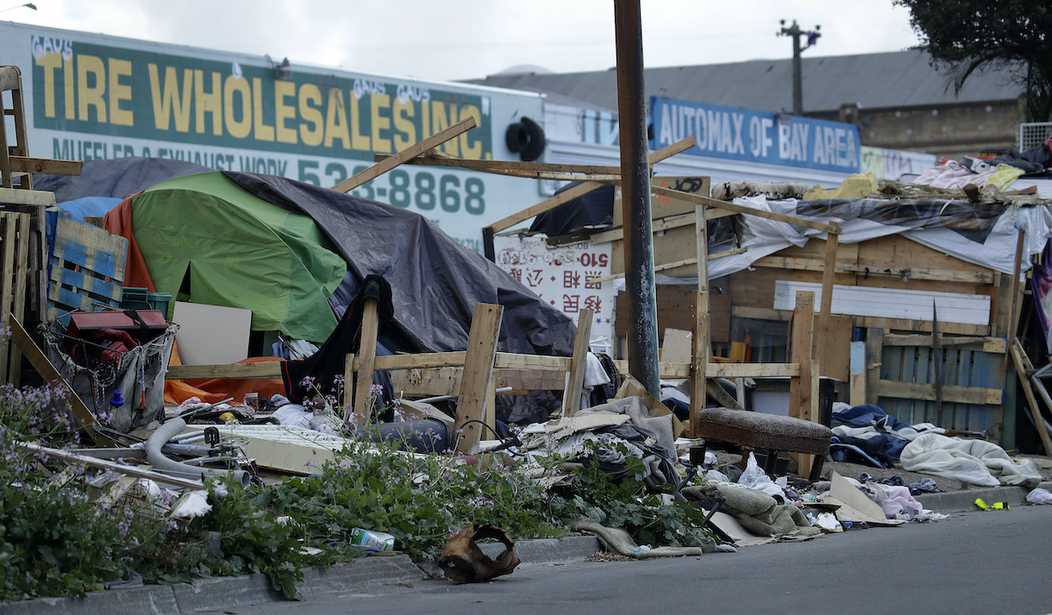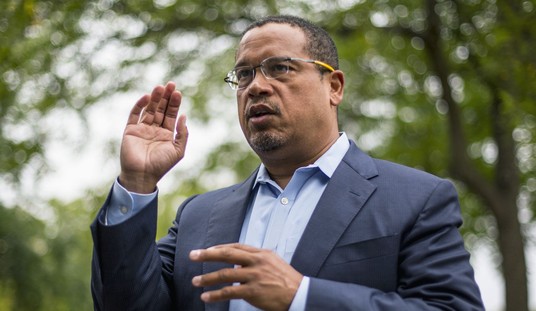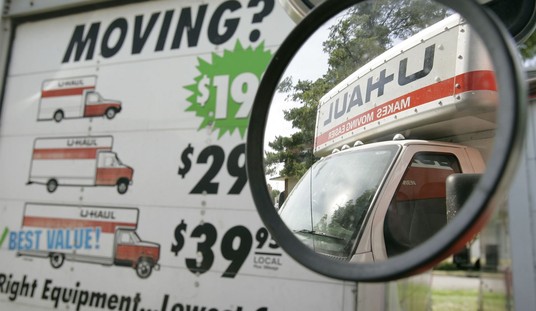So far, "harm reduction" policies have not seemed to work as anticipated in Washington State.
Washington decriminalized hard drugs, not because the state is filled with libertarians, but rather because people were dying like flies and lawmakers thought that destigmatizing drug use and bringing it out into the open might make controlling their use easier.
Well, that didn't work out so well. It turns out that Narcan can save a life--at least when it comes in time--but making it easier to get drugs does not.
The lesson lawmakers, or at least drug-use advocates, have taken from this is that drug use was still not easy enough.
Washington state considers supplying drugs directly to addicts in 'safe supply' initiative | Ari Hoffman, The Post Millenial
— Owen Gregorian (@OwenGregorian) July 2, 2025
Washington is “going in absolutely the wrong direction.”
In a controversial move aimed at combating the state’s worsening opioid crisis, a Washington… pic.twitter.com/DrBO6gU0zO
In a controversial move aimed at combating the state’s worsening opioid crisis, a Washington Health Care Authority advisory group has recommended that the state consider supplying addictive drugs directly to users to reduce overdoses and provide a so-called “safer supply.”
The Substance Use Recovery Services Advisory Committee (SURSAC), established by the Legislature in 2021, released its latest recommendations to the public on June 13. Among the proposals: a “buyers club” model that would make Washington a distributor of hard drugs, such as fentanyl and methamphetamine, under controlled conditions.
The concept is one of four safer-supply frameworks outlined in the group’s Substance Use and Recovery Services Plan. Other models include supervised injection sites, prescribing the drugs for use at home, and offering certain drugs without prescriptions at dispensaries.
SURSAC says the proposals aim to reduce overdose deaths and increase access to treatment, outreach, and recovery services for those suffering from substance use disorder. Katie Pope, deputy chief communications officer for the Health Care Authority, described the work as “strategies to reduce overdoses and improve access” in an email to The Center Square.
The case for harm reduction has a superficial appeal, and if it were effective, I might even support it as the lesser of two evils. Not as it has been implemented recently--I would create drug use camps outside of civilization to remove the blight that comes with drug addicts being everywhere, and discourage drug dealing in cities.
But experience shows that it doesn't work. Even Narcan has limited impacts on long-term survival for addicts. There are people who have been revived four, five, or 10 times, and eventually the drugs will kill them. After all, it only takes one overdose without Narcan to kill you.
Canada has spent millions on opioid-dispensing vending machines in Vancouver, Victoria, London, Ontario, and Dartmouth. However, a March 2025 JAMA Health Forum study in British Columbia found that neither safer supply nor decriminalization reduced the opioid crisis. Instead, opioid‑related hospitalizations increased by 58 percent. Meanwhile, overdose fatalities in BC remain at record highs, and the supply is more toxic than ever.
That's even before you get to the dystopian nature of normalizing becoming a zombie.
But subsidizing drug use even more? It's in many ways even worse than end-of-life euthanasia--it's more like subsidizing a living death. Medical Assistance in Dying--at least for true end-of-life patients--has a moral case to be made for it. It doesn't persuade me, but I understand the argument for it. Some things truly are worse than death. We should make the process of dying less painful rather than quicker, but I get the argument.
But subsidized zombieism? It's dehumanizing.
What we need to consider is reintroducing sanitariums for the mentally ill, and classifying addictions as a form of mental illness. In many cases, we already do.
It's an imperfect solution, and we have to do much better than human beings have in the past. We need not make sanitariums like prisons--in fact, in many cases, we use prisons as ersatz mental institutions, trading cruel conditions in the past for crueler conditions today.
Whatever we are doing now is not working.







